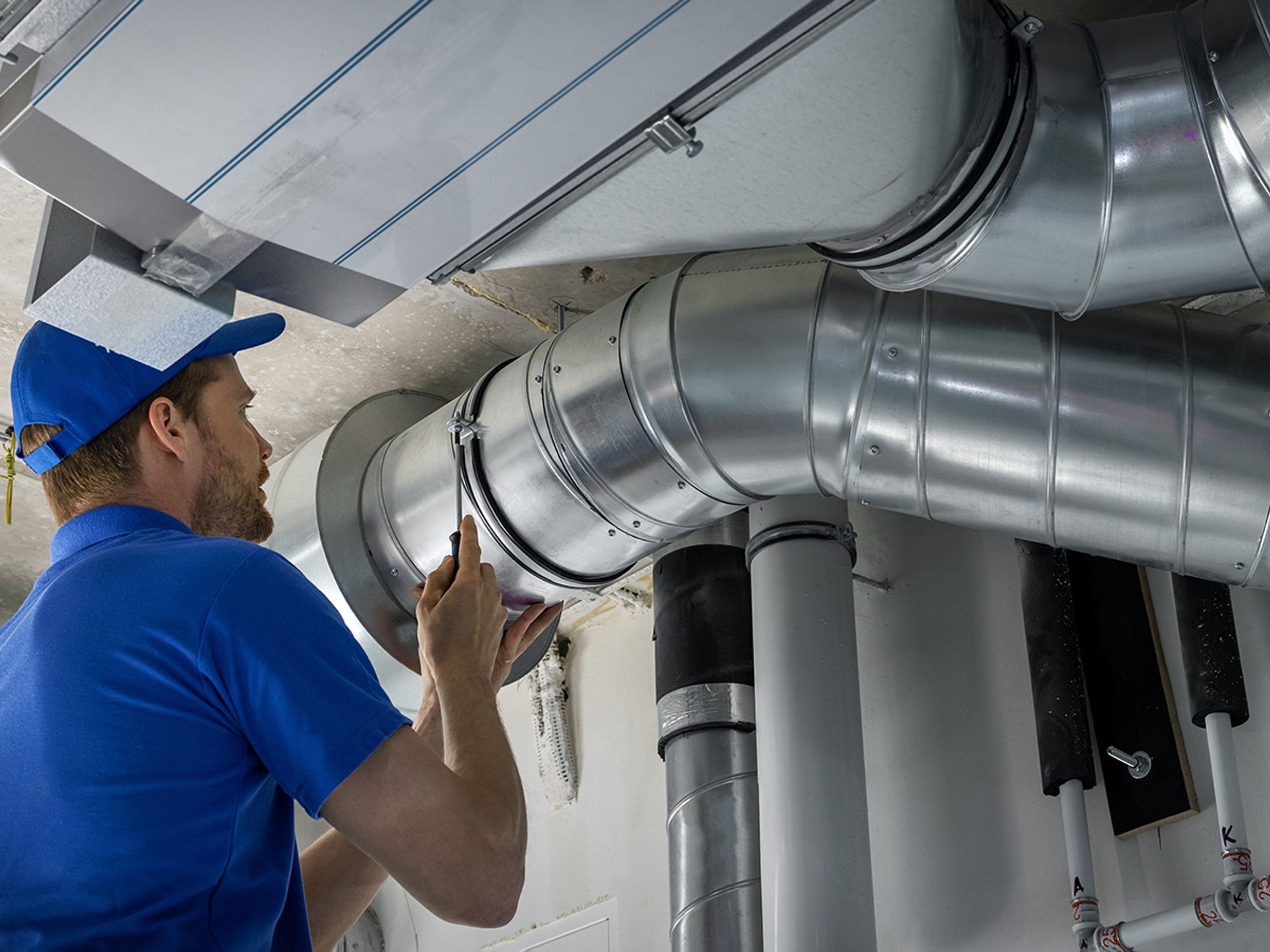Worker protection

- When possible, work processes should be altered so that air contaminants are not produced.
- Engineering controls such as local or general ventilation should be used, along with PPE to protect workers.
The most desirable way to deal with an air contaminant is to alter the process so that the contaminant is no longer produced. If the process cannot be changed or materials substituted, engineering controls and work practices are preferred over personal protective equipment.
Engineering controls involve local exhaust ventilation, general ventilation, isolation of the worker and enclosure of the source of emissions, process modifications, equipment modifications, and substitution of nonhazardous or less hazardous chemicals. These methods may be used alone or in combination, depending upon the processes involved.
General ventilation uses the movement of air within the work space to displace or dilute the contaminant with fresh outside air. General ventilation may require moving large volumes of air. If ventilation would require too large a volume of air to reduce the concentration of the contaminant, then respiratory protection may be a necessary short-term solution.
Local exhaust ventilation uses a much smaller volume of air and controls emissions at the point or source from which contaminants are generated.
Isolation involves placing a physical barrier between the hazardous operation and the worker. Many manufacturing processes are now fully enclosed in ventilated cabinets. The effectiveness depends on the frequency with which the workers enter the enclosure. In some situations, the worker can be placed in an enclosure having a controlled atmosphere. Many processes are operated remotely by operators from air-conditioned booths isolated from the hazardous materials.
Substitution refers to the replacement of a toxic chemical in a particular process or work area with another, less toxic or non-toxic product. Any possible substitute must be evaluated carefully to ensure that another hazard is not inadvertently introduced. The substitute must also be compatible with existing manufacturing equipment and processes.
The success of engineering controls will depend on the physical properties of the chemicals and emissions (boiling point, vapor pressure, etc.) and the process operating conditions. In some cases, particularly with cleaning solvents, substitution may provide the quickest and most effective means of reducing exposure. In other situations, a major effort may be required to alter processes or install or expand local or general ventilation.
When controls are not feasible to achieve full compliance, personal protective equipment (PPE) or any other protective measures must be used to keep exposure within limits prescribed in the regulation. Identification and quantification of air contaminants through air monitoring is essential. Reliable measurements of airborne contaminants are useful for the following: protective equipment; where protection is needed; potential health effects of exposure; and the need for specific medical monitoring.
